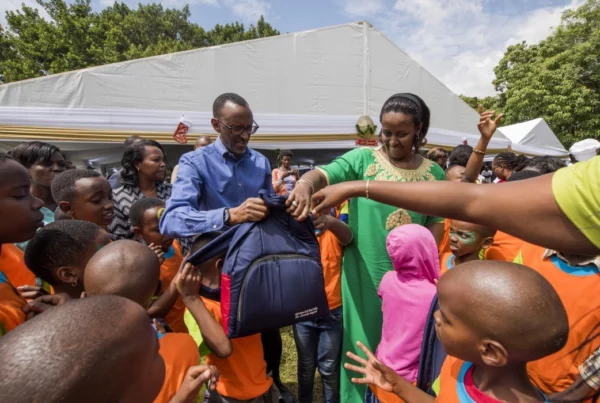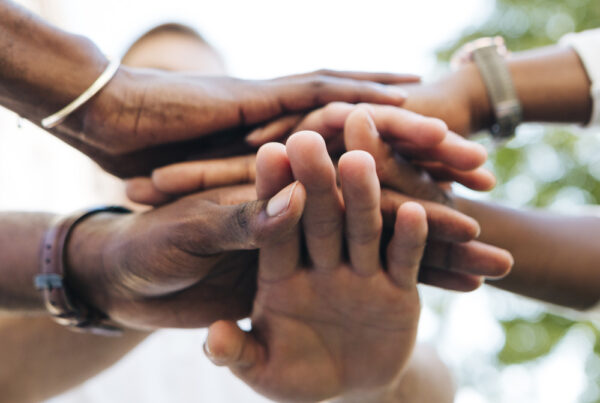The world is held in a stranglehold by a death-power whose strength has not found its vanquisher yet and, indeed, it’s cause for worry. But, as we know, the human race has been the ultimate survivor of all time. Soon this coronavirus shall evaporate, bet on it.
It’ll prove to be a little irritant like countless other such pandemics have been from time immemorial. Cholera, small pox, influenza and, more recently, HIV/AIDS are but a few examples. Humankind has battled them all, at great cost, true, and will battle others.
But battles or none, humans will never stop living.
And talking about living, Rwanda may be living a miracle that we look at without seeing.
For a citizenry that barely eked out a living on its soil at the harsh hands of the vagaries of weather all of their tortured lives, the recently-unveiled Nasho solar-powered scheme
represents a small miracle. It’s revelation to how smallholders may be bidding that ‘smallholding’ bye. They may soon transform into farmers of no mean means.
In the Nasho scheme, 1,173 hectares are under irrigation. It has a 3.3 MW solar power plant. It has a model village of 144 houses, lodging 2099 smallholders. And if you have seen these model-village houses, you know they are the envy of city-house dwellers.
Well, the way they are mushrooming all over, soon they’ll be a dime a dozen. So, city ‘slicks’, eat your hearts out!
But I digress… Improved farm productivity is made possible by “investments in proper land, water and inputs utilization for enhanced food security” by ensuring “access to and adoption of technologies that [boost] agriculture value chains” and conserve soil, to quote a newswire.
Remember that this scheme will not be emblazoned with “Gift of” this or that Western do-gooder organization or country, as a hand-out to appease their conscience for the historical injustices visited on African peoples. No, it’s a practical partnership between an individual and
a state. There will be no hammering nor nailing about it.
Remember, too, that this is only a pilot scheme. And if you know today’s Rwanda, you know she has never started anything that she didn’t finish. Which means soon similar schemes will grace this land wherever it’s not covered by water, road, rail (soon), town or Game Park.
Don’t forget, either, that all the above aside, what’s truly intriguing is how, for partnership on equal terms, this government can connect with Israelis as with Arabs, North Americans as with
Chinese, Europeans as with Russians, Far-East-Asians as with South Americans, countries as with organisations and as, most importantly, with individuals.
Mutually gainful partnership seems to be the guiding principle. I can’t immediately think of any government or individual that sees such partnerships, shorn of intrusive political prisms, as possible.
Unprincipled antagonism seems to stand in the way of such possibilities.
Which calls for a stroke of genius if one country can charm them all into ignoring their dogmatic stances. That Rwanda does business with all in spite of themselves is beyond me.
But so is it beyond me to see things happening today that none would ever have remotely imagined. Like the choice of Nasho for this irrigation scheme. Why this area?
That it’s arid and therefore prone to hunger is a given. But there are a few similarly vulnerable areas in this country. Is it so as to exorcize the demons of its past tortured history then?
The accurate details of what happened is for historians.
Ours is to briefly and crudely recall the past. At the onslaught of colonialism onto Rwanda,
Nasho was in an area known as Gisaka. This was in the middle of a south-eastern swathe of Rwanda that also included Bugesera and Rweya-Mubari, all grazing grassland.
Now, colonialism came with imposition of rules, among which, forced labour. Those rules, you disobeyed them at the pain of death.
When, therefore, the natives of this area resisted forced labour, they could as well have dug their own graves. ‘Fortunately’, their punishment was mild: the area was sown with the tsetse fly and part of it turned into a national park.
To avoid ‘sleeping to death’, the natives fled with their equally sleeping-sickness susceptible animals, goats for some, cattle for others. The unintended benefit: colonialists, thanks-for-nothing but today Akagera National Park has turned lucrative!
As to the rest of the area, it ‘lived’ as an expectant ‘death-trap’ until successor regimes after colonialism (but with its assistance) fulfilled its expectations.
They threw a section of their fellow Rwandans there and, indeed, many perished.
But, as we’ve said, humankind’s knack for survival is one of the mysteries of life.
Because, can you believe it? By the early 1990s survivors of the ‘death-trap’ had turned it into one of the food-basket areas of Rwanda! Till the tragedy of tragedies struck.
Those close shaves with total obliteration were the baptism of fire for Rwanda. For that, she’ll never be part of said unprincipled antagonisms.
And as this coronavirus pandemic has so dramatically demonstrated, as a global community we either work together in solidarity or we shall tumble together into hellfire, for our discord.



